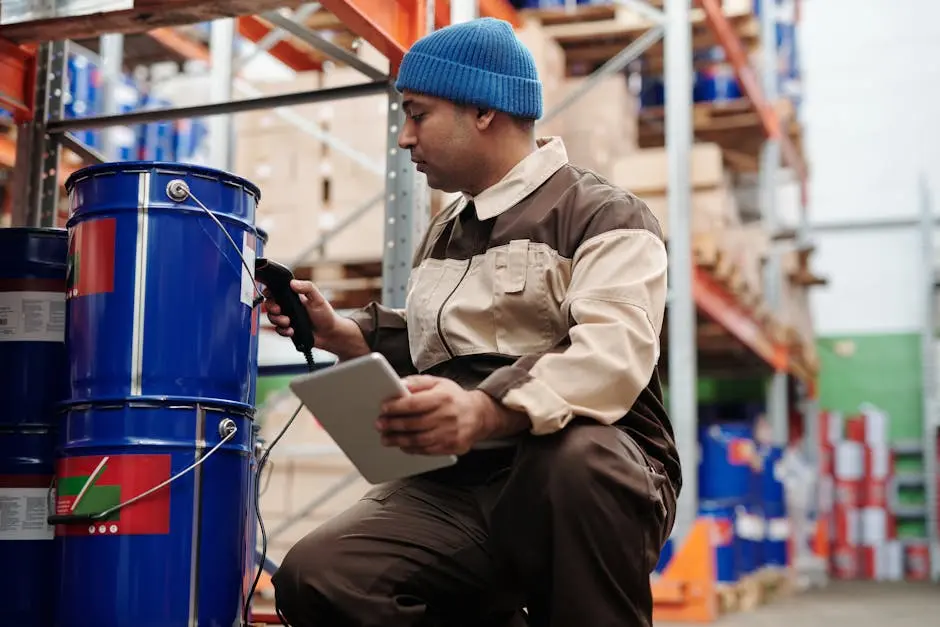Can GPR Scanning Detect All Types of Underground Objects?
GPR scanning, or Ground Penetrating Radar, is a fascinating technology used in various fields for detecting objects beneath the surface. But does it work for everything underground? Let's dive into the capabilities and limitations of GPR scanning in an understandable and engaging way.
What is GPR Scanning?
Before diving into what GPR scanning can and cannot find, let's clarify what this technology is and how it works. A simple overview positions us to better understand its applications and limitations.
Ground Penetrating Radar (GPR) uses radio waves to probe beneath the surface, offering images or 'slices' of what lies beneath without digging. It’s like the earth's version of an ultrasound, revealing hidden objects with clarity and precision.
At its core, GPR scanning is a non-invasive way to explore the underground. Whether it’s for archaeological research, construction, or even locating utilities, the applications are as broad as they are impressive.
The Science Behind GPR Scanning
GPR scanning isn't magic; it's grounded in science. A quick look into the electromagnetic waves and how they interact with different materials gives us insight into the technology's capabilities.
When the radar signal hits an object, it reflects back, and this reflection is captured to form an image. Different materials return unique signals, providing clues about what lies beneath. However, the strength of the return signal can vary based on the material’s properties, such as conductivity, permittivity, and moisture content.
Understanding the science is key to interpreting GPR data accurately. It's not just about seeing below the surface but deciphering the story the signals tell about the underground landscape.
Common Types of Objects Detected By GPR
GPR scanning is incredibly versatile but shines brightest in certain scenarios. Discover what kinds of objects and materials are typically visible to GPR systems.
From buried pipes and cables to ancient ruins, GPR is adept at finding a range of objects. It’s particularly effective for detecting changes in material, which helps in identifying voids, cracks, or different layers in the ground.
However, it’s important to note that GPR's ability to detect an object heavily relies on the object’s material composition and the surrounding soil’s condition.
Limitations of GPR Scanning
No technology is without its flaws. Here we'll explore the types of materials and conditions that challenge GPR scanning's effectiveness, helping to set realistic expectations.
One of GPR's limitations is its difficulty in penetrating very conductive materials, such as clay-rich soils or wet conditions. These environments can absorb or scatter the radar waves, reducing the depth of penetration and clarity of the image.
Metallic objects can also pose a challenge. While they are easily detected, they can create 'noise' in the data, masking nearby objects and complicating the analysis.
Certainly, the effectiveness of GPR scanning diminishes as the depth increases. Beyond a certain point, typically a few meters, the radar waves become too weak to return useful data.
Factors Influencing GPR Detection
Several variables affect whether GPR scanning can successfully detect an object. Understanding these factors can clarify when and how to best use this technology.
Soil composition plays a major role; sandy or rocky soils are ideal for GPR, whereas wet, clay-heavy soil can hinder its performance. Similarly, the size, shape, and material of the object impact detectability.
Ambient conditions such as moisture levels and the presence of other materials can also influence the results. Plus, the sophistication of the GPR equipment and the operator’s expertise contribute to the effectiveness of a scan.
Innovations and Improvements in GPR Technology
The future of GPR scanning is bright, with ongoing advancements broadening its application. A look into what's on the horizon for GPR technology and its potential to overcome current limitations.
Developments in software algorithms are improving the clarity and depth of GPR imaging, making it possible to distinguish between different underground features more accurately. Furthermore, advances in hardware, such as higher frequency antennas, are expanding the range of detectable objects.
There’s also a growing emphasis on integrating GPR data with other technologies, like GPS and 3D modeling, to enhance interpretation and provide more detailed insights into what lies beneath.
Real-World Applications of GPR Scanning
Seeing GPR scanning in action helps illustrate its utility and adaptability. From archaeology to utility mapping, explore how GPR is used in different fields.
In archaeology, GPR scanning can map ancient structures and burial sites without disturbing them, providing a window into the past. In construction, it helps in identifying the locations of pipes and cables, avoiding costly accidents.
Environmental studies also benefit from GPR, using it to track water tables or detect contamination plumes. The versatility of GPR scanning shows its wide-reaching impact across industries.
Unveiling the Truth About GPR Scanning's Capabilities
Understanding the capabilities and limitations of GPR scanning helps set realistic expectations for its applications. While it may not detect every type of underground object, its ability to identify and map different materials makes it an invaluable tool in many fields. The key is knowing when and how to use it effectively.





















